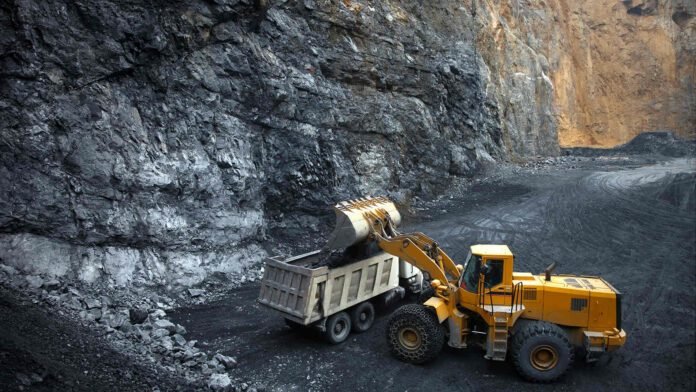Mozambique, known for its abundance of natural resources ranging from rubies to coal, is emerging as a crucial player in the global graphite market. This mineral, essential in the production of lithium batteries for electric vehicles, is in the spotlight due to Mozambique’s potential to significantly expand its share of the international market.
According to Benchmark Mineral Intelligence, Mozambique currently accounts for 10% of the global supply of graphite. This share is expected to rise to 15% by the end of the decade, driven by the quality and quantity of the country’s reserves. This projected growth reflects graphite’s critical role in the global transition to more sustainable electric vehicles.
Despite the optimism, there are significant challenges. China currently holds around 70% of the global graphite market, highlighting the need for Mozambique to consolidate its competitive position. The recent promise of a 150 million dollar loan from the United States to develop the mining industry in Mozambique underscores the strategic importance of graphite to global economie.
The world’s largest high-grade mine, located in Balama and operated by Australian company Syrah Resources, exemplifies Mozambique’s potential. With reserves capable of sustaining operations for more than 50 years, the mine has signed a lucrative deal to supply natural graphite to South Korean battery giant Posco.
However, challenges such as security in the Cabo Delgado region, where Balama is located, persist due to Islamic insurgency. Although there are signs of stabilization, these issues could affect the future development of the graphite industry in Mozambique.
Synthetic graphite technology represents another possible disruption, although it is more expensive to produce. Technological advances could make synthetic graphite a more viable alternative in the future, challenging Mozambique to capitalize on its natural advantage while developing a robust and sustainable industry.




